Home>Gardening & Outdoor>Outdoor Recreation & Activities>Why Does My Lower Back Hurt When I Jump On A Trampoline


Outdoor Recreation & Activities
Why Does My Lower Back Hurt When I Jump On A Trampoline
Modified: January 14, 2024
Discover the reasons for lower back pain when jumping on a trampoline and how to prevent it. Learn about outdoor recreation and activities to keep your back healthy.
(Many of the links in this article redirect to a specific reviewed product. Your purchase of these products through affiliate links helps to generate commission for Storables.com, at no extra cost. Learn more)
Introduction
Introduction
Trampolines have been a source of joy and entertainment for people of all ages for decades. The feeling of weightlessness as you soar through the air, the exhilaration of performing flips and tricks, and the sheer fun of bouncing up and down can be an incredible experience. However, for some individuals, the enjoyment of trampolining can be marred by lower back pain. If you’ve ever wondered, “Why does my lower back hurt when I jump on a trampoline?” you’re not alone. This article will delve into the factors that contribute to lower back pain while using a trampoline and provide valuable insights into preventing and managing this discomfort.
Trampolining is a fantastic way to stay active and enjoy the great outdoors. Whether you’re a seasoned gymnast practicing complex maneuvers or a child gleefully bouncing with friends, the activity offers a myriad of physical and mental benefits. However, it’s crucial to understand how trampolining can impact the body, particularly the lower back, to ensure a safe and enjoyable experience for everyone.
In this article, we will explore the effects of trampolining on the lower back, identify common causes of lower back pain when jumping on a trampoline, offer practical tips for preventing discomfort, and discuss when it’s necessary to seek medical assistance for trampoline-related lower back pain. By gaining a deeper understanding of these aspects, you can make informed decisions to safeguard your well-being while relishing the thrill of trampolining.
How Trampolines Affect the Lower Back
Key Takeaways:
- Improper landing techniques, weak core muscles, and overuse can cause lower back pain when jumping on a trampoline. Focus on bending your knees, strengthening your core, and taking regular breaks to prevent discomfort.
- If you experience persistent or worsening lower back pain after trampolining, seek medical help. Numbness, tingling, or a history of spinal issues also warrant professional evaluation for a safe return to trampolining.
How Trampolines Affect the Lower Back
Trampolining can exert both positive and negative influences on the lower back, depending on various factors such as technique, frequency of use, and individual physical condition. Understanding how trampolines affect the lower back is essential for mitigating potential discomfort and maximizing the benefits of this activity.
When bouncing on a trampoline, the spine is subjected to repetitive forces due to the impact of landing and the subsequent recoil. This cyclic compression and decompression can place strain on the structures of the lower back, including the vertebrae, discs, and surrounding muscles. Additionally, the nature of trampolining involves a degree of spinal flexion and extension, which can further contribute to the stress experienced by the lower back.
Furthermore, the manner in which a person lands and maintains their posture while jumping on a trampoline significantly influences the impact on the lower back. Poor landing techniques, such as landing with straight legs or landing off-center, can lead to increased jarring forces on the spine, potentially resulting in discomfort or injury. Similarly, inadequate core stability and control can place excessive stress on the lower back, as the core muscles play a crucial role in supporting and stabilizing the spine during trampolining activities.
However, it’s important to recognize that trampolines also offer benefits for the lower back. The rhythmic bouncing motion can facilitate the gentle mobilization of spinal joints and promote improved circulation, potentially alleviating stiffness and promoting overall spinal health. Additionally, engaging in trampolining can contribute to the strengthening of core muscles, which can enhance spinal support and stability, reducing the risk of lower back issues.
By understanding the impact of trampolines on the lower back, individuals can make informed choices regarding their trampolining techniques, posture, and frequency of use to minimize the potential for discomfort and injury while reaping the numerous advantages associated with this enjoyable activity.
Common Causes of Lower Back Pain When Jumping on a Trampoline
Common Causes of Lower Back Pain When Jumping on a Trampoline
Lower back pain stemming from trampolining can be attributed to several common causes, each of which warrants attention to ensure a safe and enjoyable experience while using a trampoline. Understanding these causes is crucial for identifying potential sources of discomfort and implementing preventive measures to mitigate the risk of lower back pain.
One prevalent cause of lower back pain during trampolining is improper landing techniques. Failing to land correctly, such as landing with straight legs, landing off-center, or landing with excessive force, can subject the lower back to jarring impacts, potentially leading to discomfort or injury. Similarly, inadequate body awareness and control while in the air can result in awkward landings that place undue stress on the spine.
Insufficient core strength and stability also contribute to lower back pain when jumping on a trampoline. The core muscles play a pivotal role in supporting and stabilizing the spine during trampolining activities. Weak or underdeveloped core muscles can lead to increased strain on the lower back, as they are unable to effectively assist in absorbing and distributing the forces experienced during bouncing and landing.
Another common cause of lower back pain from trampolining is overuse or excessive jumping without adequate rest or recovery. Engaging in prolonged trampolining sessions without allowing the body sufficient time to recuperate can result in fatigue and increased susceptibility to lower back discomfort. Additionally, repetitive and high-impact movements without proper intervals for rest may contribute to cumulative stress on the lower back, potentially leading to pain and discomfort over time.
Poor posture and body mechanics while jumping on a trampoline can also predispose individuals to lower back pain. Failing to maintain proper alignment and failing to engage the core muscles effectively can place undue stress on the lower back, increasing the likelihood of experiencing discomfort during or after trampolining sessions.
By recognizing these common causes of lower back pain when jumping on a trampoline, individuals can take proactive steps to address and mitigate these factors, promoting a safer and more comfortable trampolining experience.
Tips for Preventing Lower Back Pain While Using a Trampoline
Tips for Preventing Lower Back Pain While Using a Trampoline
Preventing lower back pain during trampolining involves implementing various strategies to minimize stress on the spine and enhance overall safety and comfort. By incorporating these tips into your trampolining routine, you can reduce the risk of experiencing discomfort and injury, allowing you to fully enjoy this exhilarating activity.
-
Master Proper Landing Techniques: Focus on bending your knees as you land to absorb the impact and distribute the forces evenly. Avoid landing with straight legs or landing off-center, as these actions can subject the lower back to jarring impacts, potentially leading to pain and injury.
-
Strengthen Your Core: Engage in core-strengthening exercises to fortify the muscles that support and stabilize the spine. Incorporate movements such as planks, crunches, and leg raises to enhance core strength, which can help reduce the strain on the lower back during trampolining activities.
-
Practice Good Posture: Maintain proper body alignment and posture while jumping on a trampoline. Keep your back straight, engage your core muscles, and avoid slouching or arching your back excessively, as these actions can increase the stress on the lower back.
-
Take Regular Breaks: Avoid prolonged trampolining sessions without adequate rest. Incorporate regular breaks to allow your body time to recover and prevent fatigue, which can contribute to increased susceptibility to lower back discomfort.
-
Warm Up and Cool Down: Prior to trampolining, perform dynamic warm-up exercises to prepare your body for the activity, and conclude your session with gentle stretching to promote flexibility and reduce muscle tension. These practices can help minimize the risk of lower back pain associated with trampolining.
-
Seek Professional Instruction: Consider seeking guidance from experienced trampolining instructors to learn proper techniques and safety measures. Professional instruction can help you refine your skills, improve your awareness of body mechanics, and reduce the likelihood of lower back pain while using a trampoline.
By incorporating these preventive tips into your trampolining routine, you can foster a safer and more enjoyable experience while minimizing the risk of lower back pain. Prioritizing proper technique, core strength, and overall body awareness can significantly contribute to a positive and comfortable trampolining experience.
When to Seek Medical Help for Lower Back Pain from Trampolining
Read more: Why Does My Recliner Hurt My Back
When to Seek Medical Help for Lower Back Pain from Trampolining
While many instances of lower back pain resulting from trampolining can be addressed through preventive measures and self-care, there are circumstances where seeking medical assistance is crucial to ensure proper diagnosis and treatment. Understanding when to seek medical help for lower back pain from trampolining is essential for safeguarding your well-being and addressing any underlying issues effectively.
If you experience persistent or worsening lower back pain following trampolining activities, it is advisable to consult a healthcare professional. Prolonged discomfort that does not subside with rest or over-the-counter pain management warrants evaluation to identify the potential causes and determine the most appropriate course of action.
Additionally, if the lower back pain is accompanied by symptoms such as numbness, tingling, or weakness in the legs, it is imperative to seek prompt medical attention. These signs may indicate nerve compression or other serious conditions that require assessment by a healthcare provider to prevent further complications.
Individuals who have a history of spinal issues or pre-existing medical conditions affecting the back should exercise heightened caution and seek medical advice if they experience lower back pain from trampolining. Conditions such as herniated discs, spinal stenosis, or previous back injuries may predispose individuals to heightened risks and complications, making professional evaluation essential for appropriate management.
Moreover, if the lower back pain is the result of a specific injury sustained during trampolining, such as a fall or collision, seeking medical attention is paramount. Acute traumas to the back can lead to fractures, sprains, or other injuries that necessitate accurate diagnosis and targeted treatment to facilitate optimal recovery and prevent long-term repercussions.
It is important to recognize that persistent or severe lower back pain from trampolining should not be dismissed or overlooked. Seeking timely medical assistance can aid in identifying the underlying causes, alleviating discomfort, and mitigating the risk of potential complications, ultimately promoting your overall well-being and enabling a safe return to trampolining activities.
Frequently Asked Questions about Why Does My Lower Back Hurt When I Jump On A Trampoline
Was this page helpful?
At Storables.com, we guarantee accurate and reliable information. Our content, validated by Expert Board Contributors, is crafted following stringent Editorial Policies. We're committed to providing you with well-researched, expert-backed insights for all your informational needs.
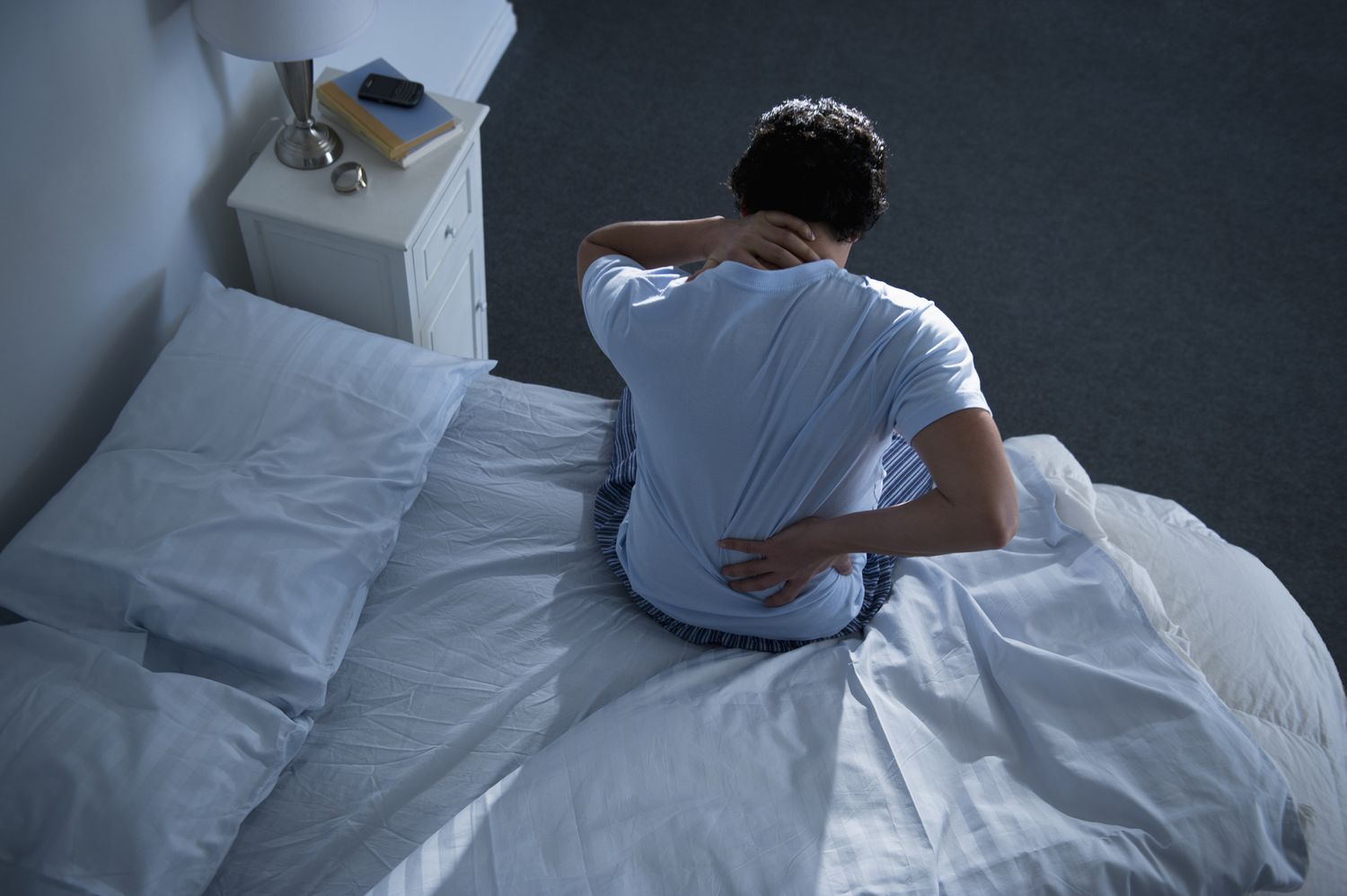
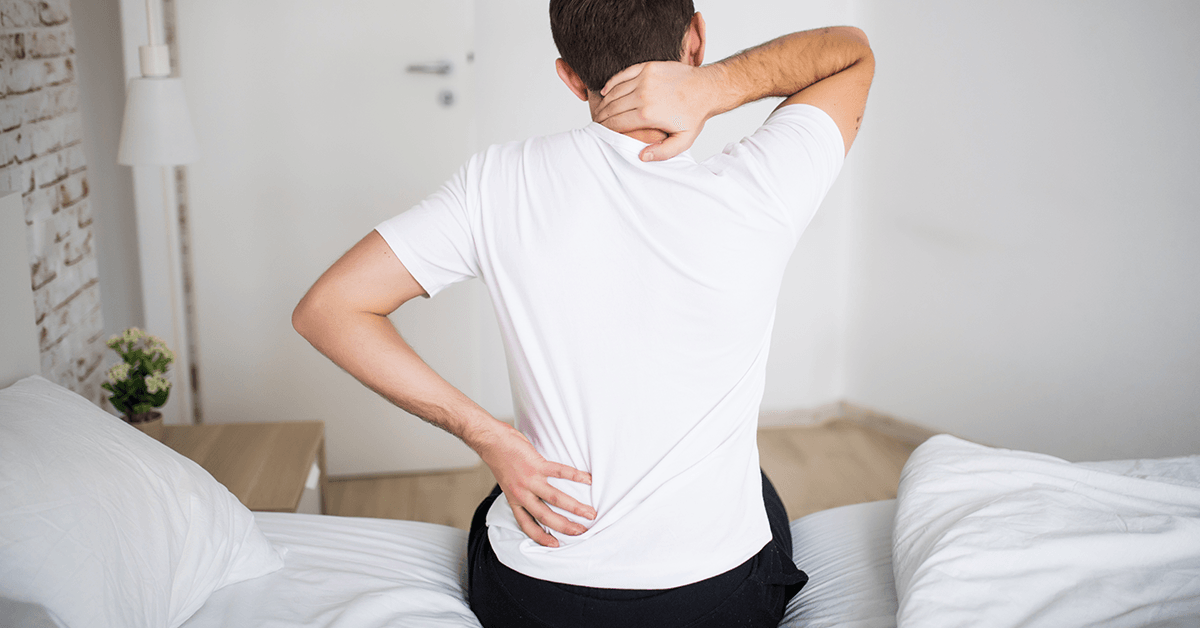


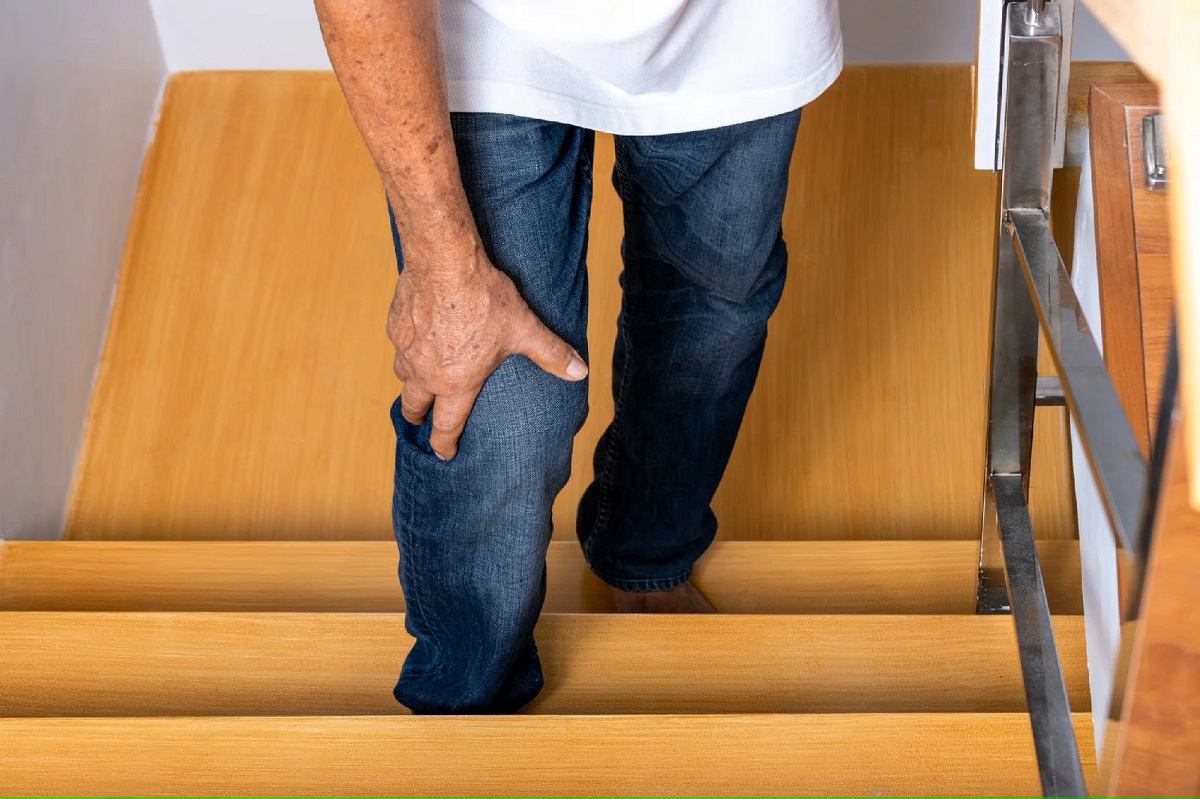

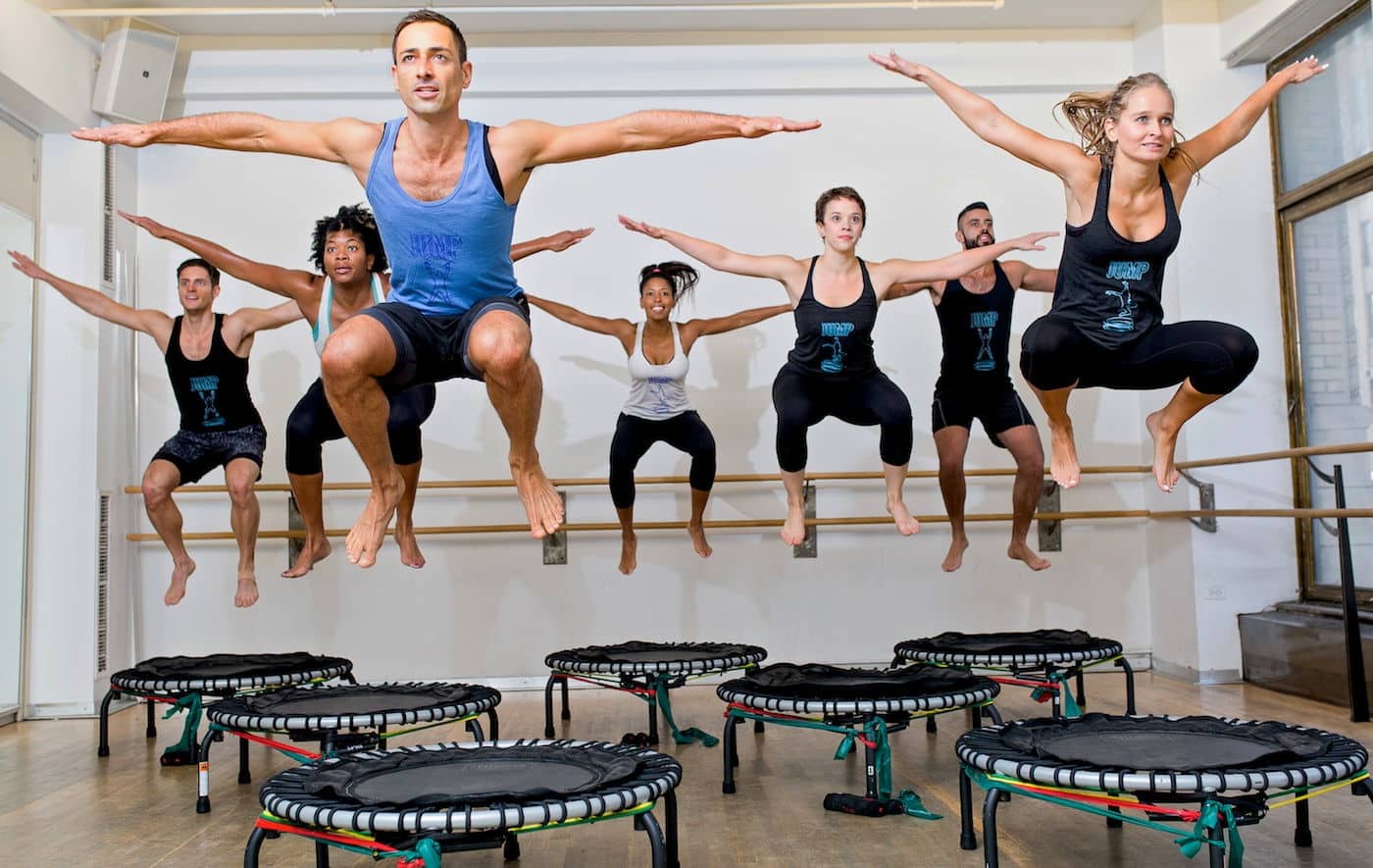

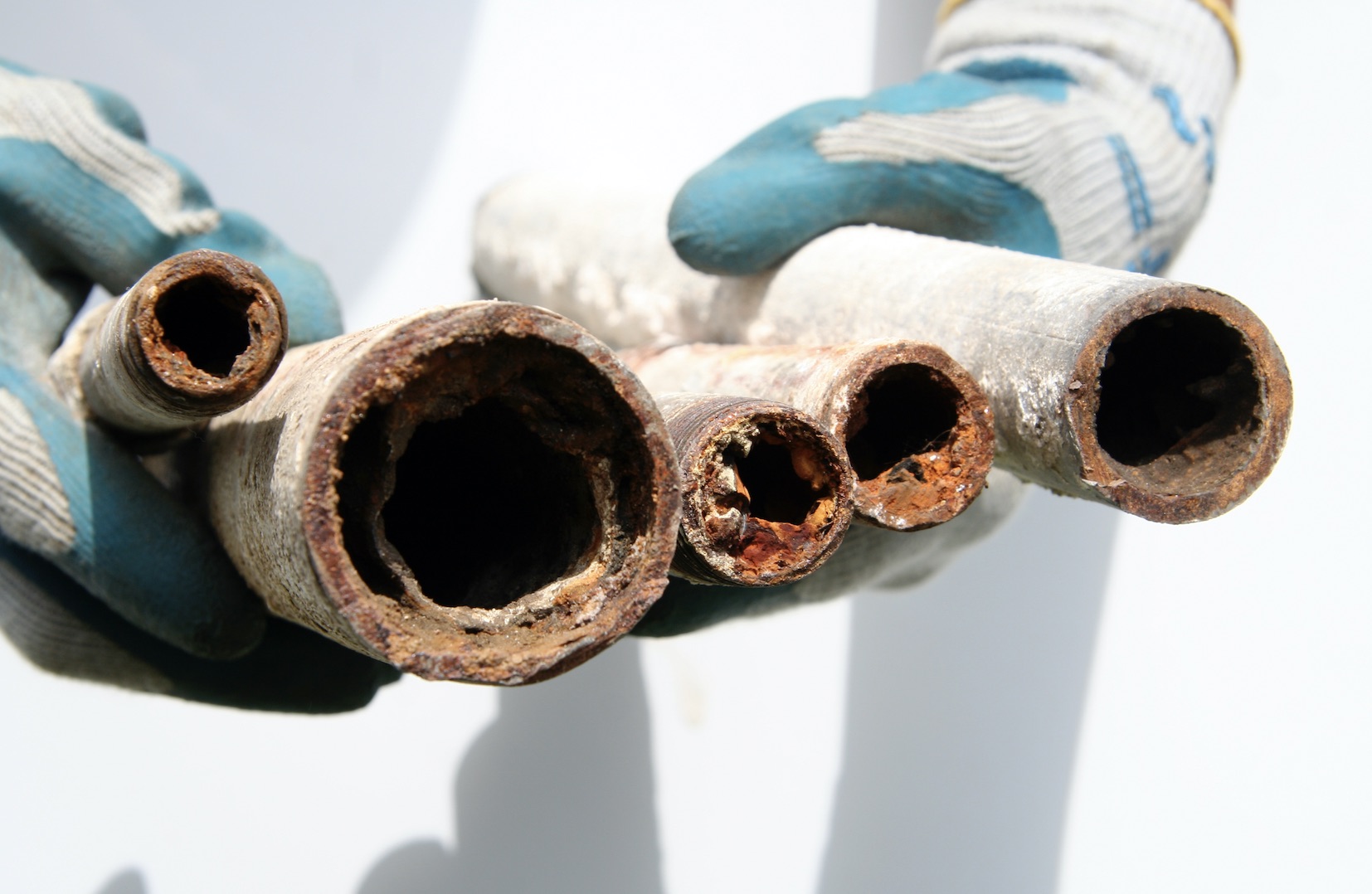





0 thoughts on “Why Does My Lower Back Hurt When I Jump On A Trampoline”